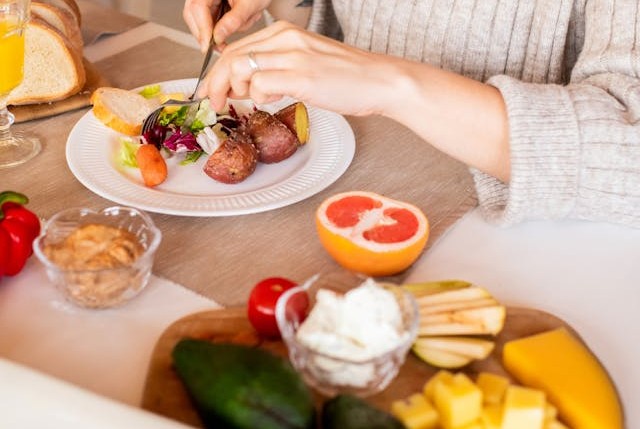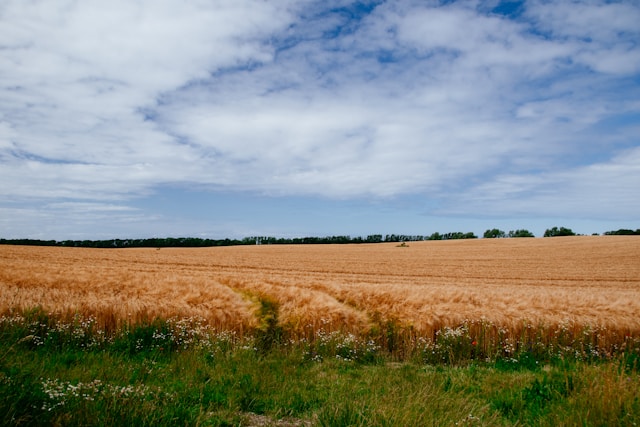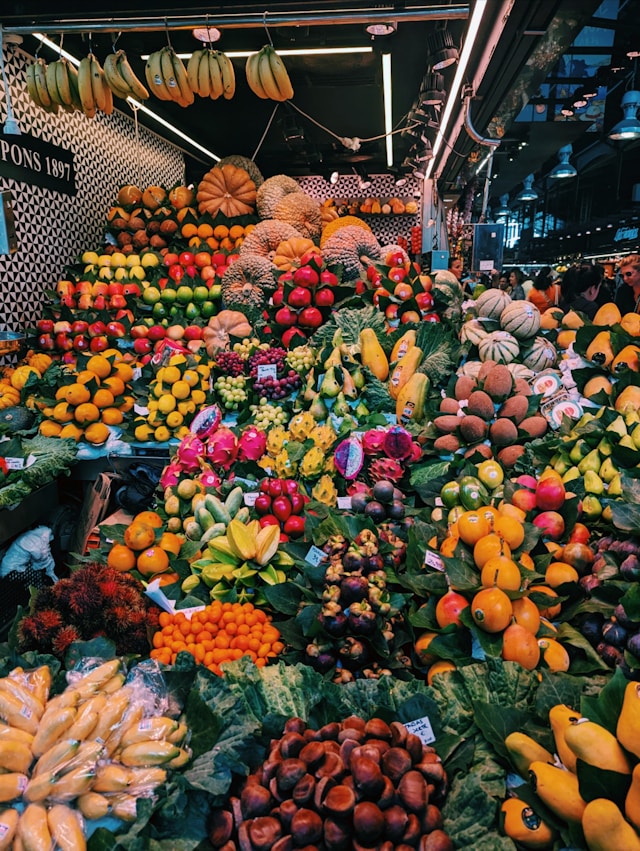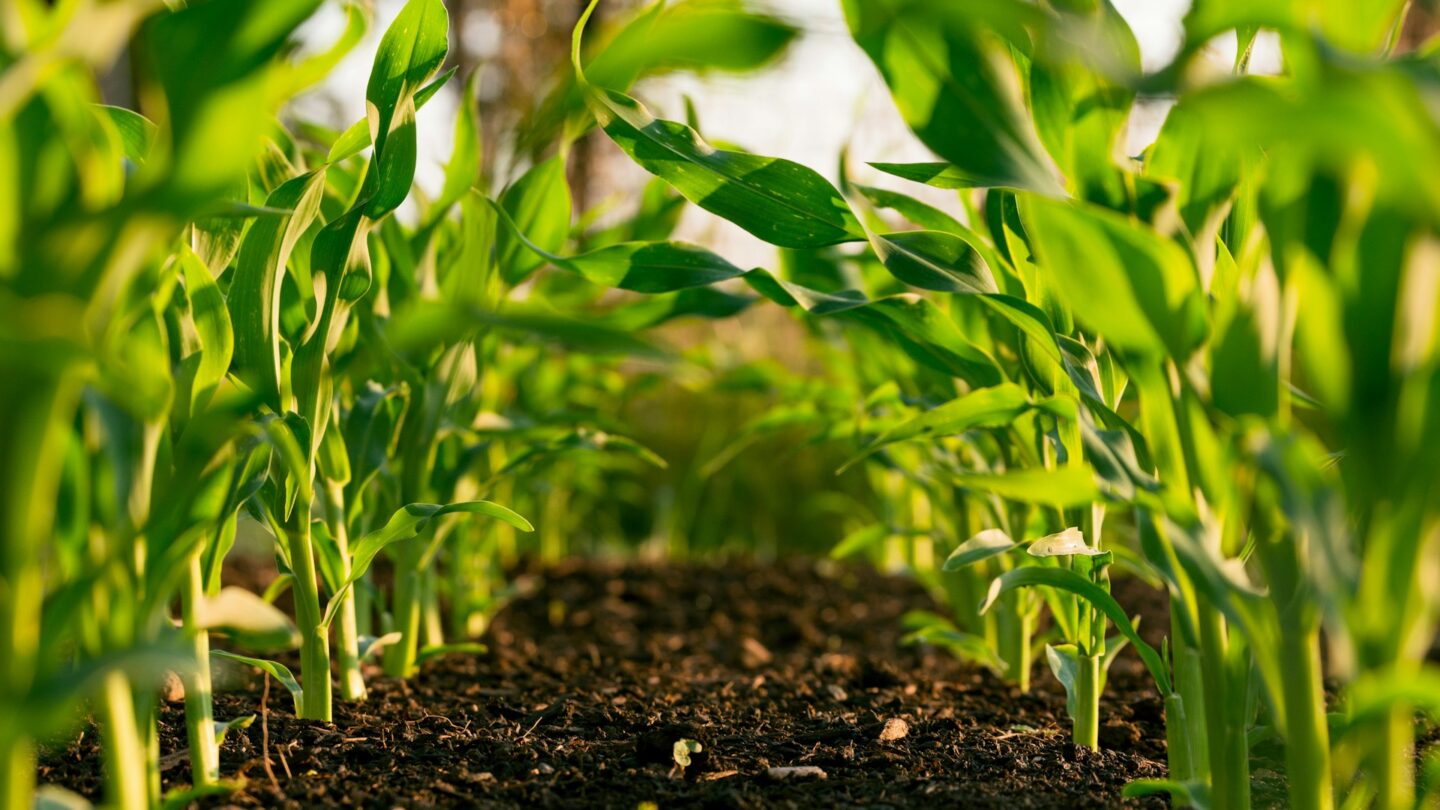Volunteer Finn shares his volunteers hours between warehouse assistant shifts at Little Ann, Bristol, and using his research and journalistic skills to support the communications team. Here, he takes a look at food security, our current reliance on imported food, and asks whether Britain could live on homegrown farming alone.
As an island nation with a growing population, we rely heavily on imports to keep the country fed.
About half the vegetables we eat are grown elsewhere, and home-grown fruit is even rarer, accounting for only 20% of our total fruit consumption. The turbulence of recent years has delivered these import routes a considerable battering, exposing their fragility and leaving many facing empty supermarket shelves for the first time in decades. A challenging time it was, but it did serve to raise public awareness that access to food could not be taken for granted.
Dr Clive Black of Sustain spoke for many similar organisations when he said “I think there are really deep reasons to be worried about food security in the UK.” Now the public could see he was right.

Food security through local food
Well, we could certainly do more, and organisations like Sustain and The Soil Association have long been saying that we can and must – and not just in the name of greater food security. With the right changes, says The Soil Association, we could “provide a sufficient and healthy diet to a growing population using farming that’s free of pesticides and artificial fertilisers”, while also addressing “the growing issues of climate impacts and wildlife decline.”
A revamped agricultural industry would also have economic benefits, because as Sustain points out, “a shift to more localised food systems would help level up the country, with every part of the UK having the potential to benefit.”
Defra’s food strategy 2025
These calls for change are reaching the proverbial corridors of power. In 2025, DEFRA (Department for Environment, Food and Rural Affairs) released its Good Food Cycle, a food strategy for England which was largely welcomed by many major land and farm organisations. The strategy includes the aim to achieve greater food security, alongside pledges to provide ready access to healthy food for all, an agricultural system which is more climate-friendly, and a fairer supply-chain system to the domestic food producer. The positive responses came with the caveat that these goals would require hard-and-fast legislative support in order to translate into meaningful action.
With growing awareness that we could and should produce more of our fruit and veg here in the UK, the question remains: could we produce enough?

How much of the UK is used for farming?
However much horticultural methods have evolved (and they have), the amount of food we can grow is always going to be contingent on the acreage available. So, how much potential farmland does our little island have to offer that is currently unused? The answer, in short, is plenty.
As Community Supported Agriculture points out, “currently less than two per cent of farmland is used to grow fruit and vegetables.” We use more land for golf and grouse-hunting than for farming (no, really).
It’s a statistic not unique to this country, and not every golf course could be transformed into arable pasture, but these facts throw into stark relief that the amount of horticultural farming we currently do is far less than the amount we could do. We can say with confidence that yes, we could produce more crops, reducing our reliance on imports while enjoying fresher produce, producing a lower carbon footprint, supporting local farmers and growers, and enjoying an economic boost into the bargain.
Could we eliminate the need for imported food in the UK?
Realistically, that will probably never be possible. A glance into the not-too-distant past illustrates this. In WW2, every inch of land that could possibly produce food was hastily put to that use. Public parks became potato fields, pavement slabs on soil were overturned… even the royal flowerbeds were converted to allotments.
And still, supply ships were needed to keep the population fed – a population which has since grown by roughly 25 million. There are other reasons, too. For instance, not every type of fruit and veg can be grown in our climate.
But we could make imported fruit and veg the exception rather than the norm, with future dinner plates supplemented rather than reliant on imports.

The challenges would be considerable, and everyone – including you and me – would need to make sacrifices and embrace changes. For one, we’d find the above-mentioned dinner-plate laden with somewhat different fare. Meat is probably a topic for a different article, but as you’ve probably guessed, we would be eating a lot less of it – vegetables are almost always a more efficient use of land than cattle (except where land is only suitable for grazing). But a veg-based diet, with a little meat here and there, is perfectly in tune with the human body’s nutritional needs. As StockFree Farming points out, “Heck, our ancestors did it!”.
Fruit and veg grown in the UK
Plenty of both grow quite happily in our climate, even those which are not indigenous. There’d be no shortage of apples, pears, plums, redcurrants and other berries. Other fruit, with a little environment-friendly climate control (think greenhouses or poly-tunnels) can grow here too, like strawberries or peppers. And plenty of veg thrives here, such as carrots, cabbages, broccoli, and the ever-versatile potato. Bread wouldn’t be a problem, either: wheat is the UK’s biggest crop, and other cereals like oats and barley also grow happily in UK soil.

Meanwhile other fruit and vegetables would suddenly find themselves promoted to the status of luxury item. Many words have been used to describe our weather (some best not repeated here), but “tropical” is rarely among them. It naturally follows that tropical fruits would become rarer. They wouldn’t disappear entirely, since it is possible to grow mangoes, bananas, and citrus fruit here, but only in carefully-controlled, artificial climates, and with limited land resources, that would inevitably become a rarity. Rice, impossible to farm to scale over here, would be off the menu entirely.
It would be a significant cultural shift, but Rebecca Laughton from Sustain believes that with a re-modelling of our current horticultural practices, “we could reduce our reliance on imports down to 20%, while enjoying greater connection to the land and those who grow our produce.”
The pitfalls of homegrown
In practice, there are concerns beyond getting used to eating differently.
Getting the very most from our land, if done the wrong way, could bring us into head-on conflict with movements many of us sympathise with: specifically, those calling for a reduction of the same intensive-farming methods which often are used to achieve maximum yield. There’s little point reducing climate-harming import routes, only to increase the damage done to the environment back here.
Clearly, there’s a balance to be struck between necessary imports, and efficient but climate-friendly UK farming practices.
It’s therefore encouraging to know that environmental sustainability is fundamental in Defra’s strategy alongside health and food security. With changes in senior roles in the department in the most recent reshuffle few months ago, it’ll certainly be interesting to see how that strategy can turn into definitive action.

